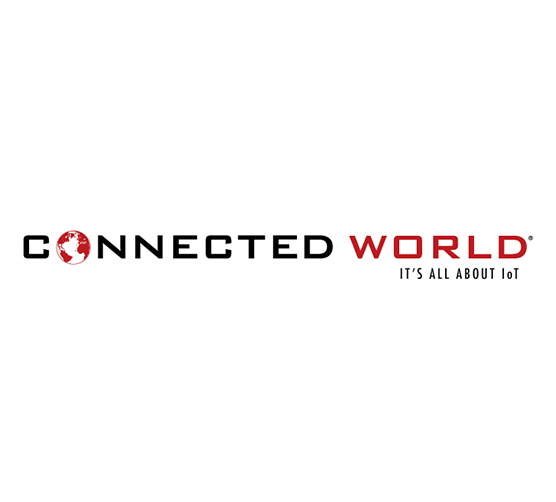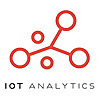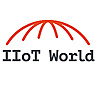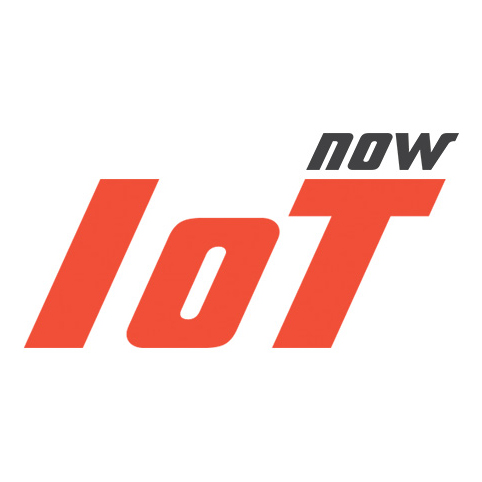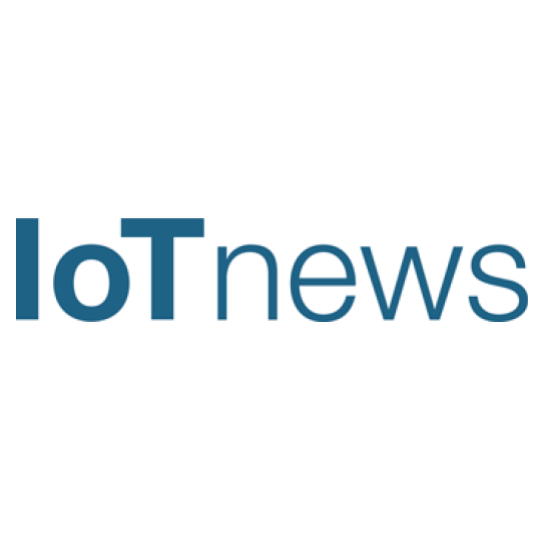
According to Salesforce, more than half of field service organizations still use manual methods for servicing clients. This means they still have to send a representative out into the field to either check or fix a system.
Whether it’s unplanned outages or scheduled maintenance, traditional field service is time-consuming and costly. It can be challenging to make sure the right technicians go to the right place at the right time.
Field Service
Think of technicians servicing a wind turbine. They get word that it is not spinning as it should, so they drive a few hours out into the rural fields where the wind farm is located. They put on their harnesses, grab their tools, and climb to the top of the wind turbine (this can take hours). They finally get to the top, exhausted, and begin troubleshooting the issue.
Within minutes, they identify the problem, and, unfortunately, they do not have the proper tool to fix it. They now must climb down the turbine, search for the tool on the truck and, if they don’t have it, go back to the shop to get it. Once found, they need to climb to the top of the turbine again and begin fixing the issue.
But what if they could remotely diagnose the problem, and save a tremendous amount of time and, ultimately, money? If the technicians knew what the problem was ahead of time, they could ensure they had all the appropriate materials with them to quickly and effectively resolve the issue.
Data, IoT and AI
This is where the IoT and AI come in. Here is how:
1. Real-time monitoring
With IoT sensors, you can continuously monitor assets for position, speed, and any other variables that could impact product quality or arrival time. ETAs would be calculated continuously as well, based on speed and distance. Dynamic notifications keep you in the loop at any given time.
2. Remote Asset Management
A connected asset allows operators and field services professionals to connect to it from anywhere in the world and remotely diagnose problems to begin troubleshooting. This is invaluable because it can provide information on a problem and, more importantly, how it can be resolved, without stepping foot into the field.
3. Proactive technicians
As your devices report their status, an IoT platform deploys analytics including AI to detect issues that may require repair. Alerts are sent to technicians in the field, advising them on the urgency of the situation and enabling them to proactively address issues.
4. Predictive maintenance
Catastrophic failures are the problems of yesteryear as AI-powered predictive and prescriptive analytics are being used to address complications in real-time.
Asset and equipment maintenance are moving from scheduled to an as-needed basis, reducing costs and increasing uptime.
From condition-based monitoring and digital twin creation to remote asset diagnosis and troubleshooting, the uses cases seem to be never-ending and truly transformative for AI and IoT in field service.
Today, companies are already seeing the financial benefits of lowering maintenance costs and reducing unplanned downtime events through these technologies. As they mature and evolve, and organizations continue to invent new ways to leverage them, we will see industries truly transform field services.





 Related Podcast Episode
Related Podcast Episode




 Related Applications
Related Applications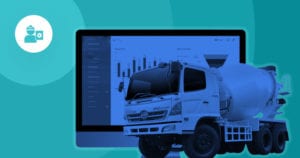
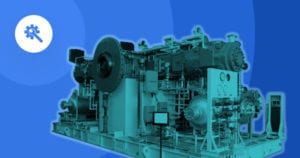

 Latest IoT News
Latest IoT News
